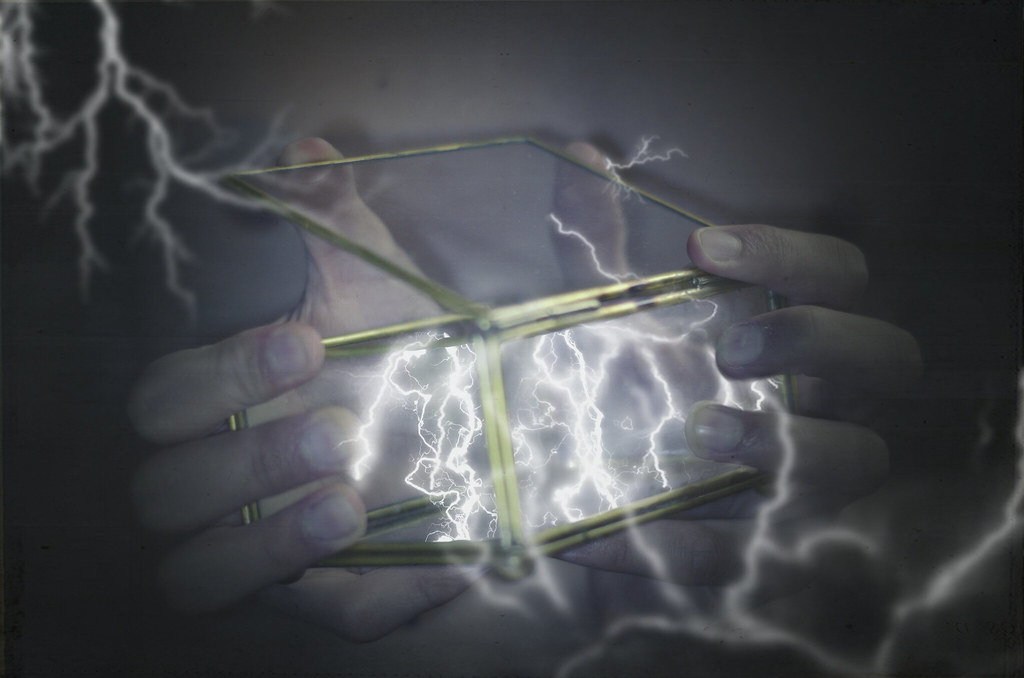
The University of Massachusetts Amherst’s team of engineers has been successfully generating electricity from the air around us.
“Nearly any material can be turned into a device that continuously harvests electricity from humidity in the air”, according to the university.
The key to this breakthrough lies in filling the material with tiny holes called nanopores, which are less than 100 nanometers in size. The researchers have named this discovery “the generic Air-gen effect.”
In their research paper, they explain that the humidity in the air is an abundant and sustainable source of energy that is continuously available, unlike solar and wind power.
However, until now, harnessing the energy potential of air has been a complicated process. It required the development of unique materials and complex synthesis methods, which made it difficult to scale up the technology.
Researchers suggest that we can now extract a continuous supply of energy from various types of materials, including inorganic, organic, and biological substances.
Process of generating electricity from thin air
The main factor in this process is the presence of nanopores, extremely tiny holes that allow both air and water to pass through any given material, leading to the development of a surface charge.
To create an effective energy harvester, a thin layer of material needs to be used, incorporating nanopores smaller than 100 nanometers in size, which is equivalent to one-thousandth of a human hair’s thickness.
Due to the minuscule size of these nanopores, as water molecules move from the upper region to the lower part of the material, they collide with the edges of these pores, generating an electric charge.
The upper portion of the layer receives a higher concentration of water molecules carrying charge compared to the lower portion, resulting in an imbalance of charges similar to what we observe in clouds.
In essence, this process mimics a confined, small-scale thunderstorm, ultimately generating electricity as a result.
‘Theoretically operate 24/7 in any conditions’
Jun Yao, an assistant professor of electrical and computer engineering at the University of Massachusetts Amherst, said that the air is filled with a significant amount of electricity. In a statement, he explained that clouds, which consist of water droplets, hold electric charges.
Under the right circumstances, a cloud can unleash a lightning bolt. However, harnessing electricity from lightning strikes has proven to be unpredictable and challenging.
Yao and his team have taken a different approach. They have successfully created a man-made, small-scale cloud that consistently produces electricity, allowing them to capture it reliably. This breakthrough opens up exciting possibilities for energy generation.
One of the remarkable aspects of this innovation is that humidity, which is always present in the air, enables the harvester to function continuously, around the clock, regardless of the prevailing conditions.
Yao further emphasized the simplicity of the concept, stating that although it had not been discovered until now, it holds immense potential and paves the way for diverse applications.
See all the latest news from Greece and the world at Greekreporter.com. Contact our newsroom to report an update or send your story, photos and videos. Follow GR on Google News and subscribe here to our daily email!



